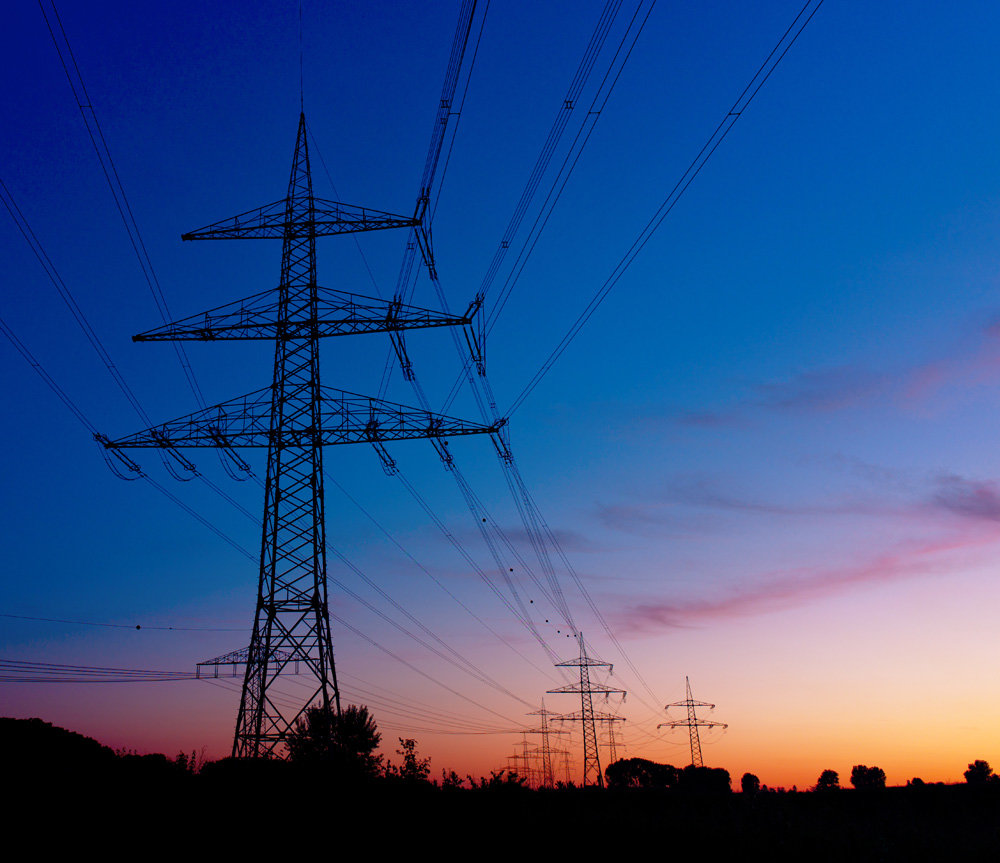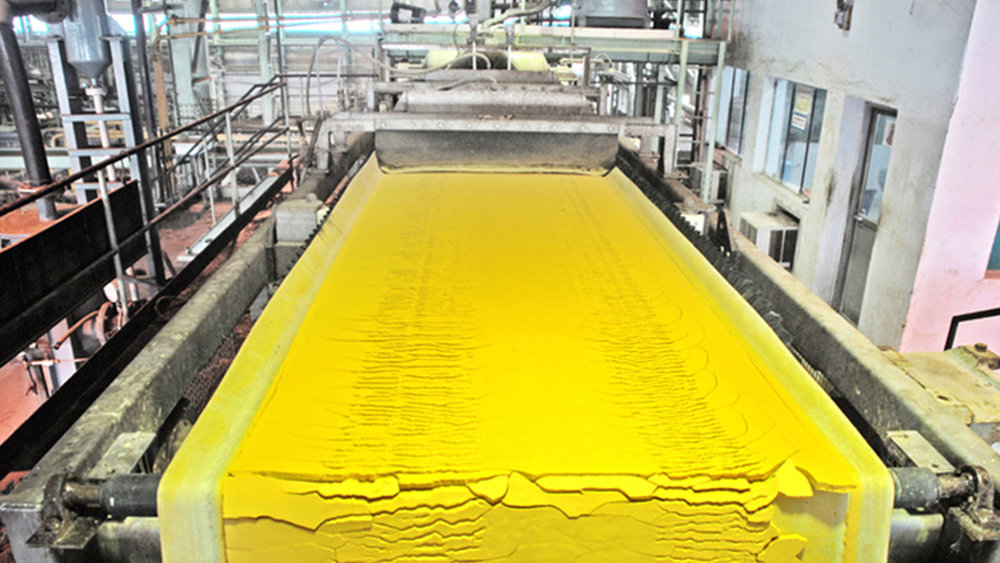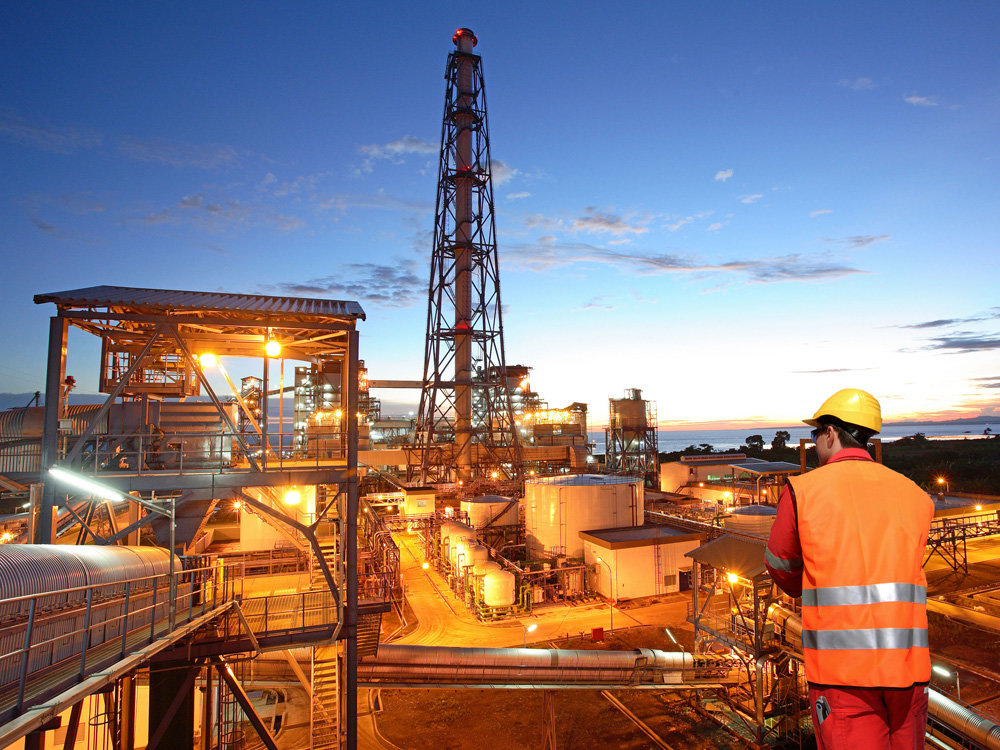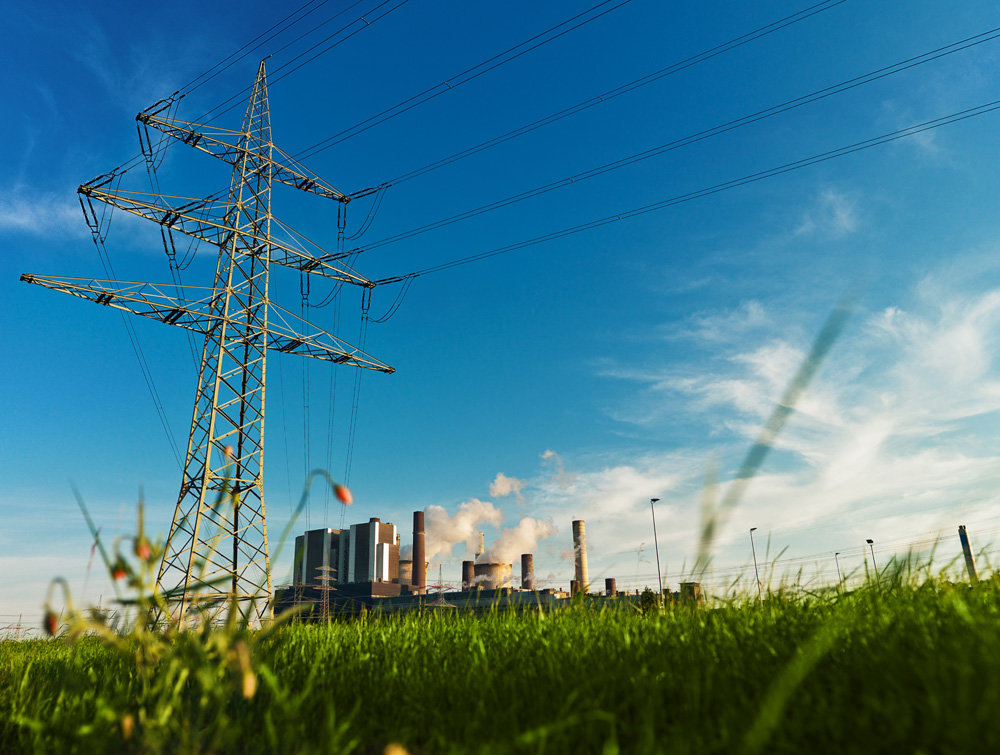Uranium Actively Managed Certificate
The Uranium Actively Managed Certificate provides the opportunity to gain investment exposure to physical Uranium.
WHY INVEST IN PHYSICAL URANIUM?
OPPORTUNITY
Recent geo-political events have resulted in the current global energy crisis. Countries seek energy sovereignty and security. Combined with recent commitments to reach carbon neutrality by 2050, there is an ever-growing need to phase out dependence on fossil fuels just as global energy demands have increased.
A reliable, affordable supply of energy is now widely recognized as vital for the stability and competitiveness of economies. Previously held back by historical events, political ill will, and a lack of technological advancement, nuclear power is now experiencing a renaissance as part of a comprehensive clean energy strategy. Recent reactor advancements such as Small Modular Reactors and improved safety have resulted in increased interest in nuclear power to provide electricity supply predictability with vastly reduced environmental impact compared to fossil fuels.
The current physical uranium market structure, without even taking into account the tremendous future demand outlook for nuclear power, is one of a sustained supply gap created by many years of under-investment. Combined with a robust and long term operational reactor fleet and a quick dwindling inventory, the physical uranium market is supportive of imminent higher prices to incentivize new supply to bridge the supply gap.


FOCUS
The Uranium Actively Managed Certificate invests in physical natural uranium concentrates in the form of U308 (or “yellowcake”). Yellowcake is obtained through the processing of uranium rich ore after it has been mined, but before uranium enrichment or fuel fabrication. The uranium is stored in a government-regulated storage facility in Canada, managed by Toronto stock exchange listed Cameco Corp.
EXPERIENCE
Since 1980, Zuri-Invest AG has consistently pursued its asset management and multi-family office activities with in-depth experience in the precious metals sector.
As the Product Strategy Advisor, Curzon Uranium Ltd. brings its deep expertise in the Uranium sector as an active dealer of the physical material with a focus on long term supply/demand.
INDEPENDENCE
Zuri-Invest AG is an independent, privately-held and regulated asset management company.
THE URANIUM AMC STRATEGY
SUMMARY
The Investment objective is to provide direct investment exposure in physical uranium. As the uranium market is highly regulated, the physical uranium is acquired and held by the Special Purpose Vehicle in the name of the Actively Managed Certificate at a leading uranium storage facility.
VALUE APPROACH
The investment structure provides investment exposure to physical uranium without the expense and operational complexity of direct ownership, under the low-cost structure of an Actively Managed Certificate.


LIQUIDITY
The structure will hold physical uranium and commits to deploying all investment receipts into the purchasing of uranium as soon as practically possible and as soon as sufficient cash is available to buy a standard lot size (100,000 lbs. of U3O8) in the market. Secondary market trading orders are received and processed on a best-effort basis, with a bid-offer spread of 1% under normal market conditions.
When an investor wants to exit and there isn’t sufficient secondary market liquidity, the structure will sell physical uranium to redeem the AMCs, charging a redemption fee. Liquidity is constrained by the underlying market for physical uranium.
TRANSPARENCY
The NAV will be calculated daily, based on end of day pricing provided by TradeTech, an independent uranium pricing reporter, and published on Bloomberg.
Physical Uranium AMC Frequently Asked Questions
The Physical Uranium AMC offers a cost-effective and direct access way to invest in the uranium market for larger pools of capital. Currently, the available investment mechanisms are exchange-listed investments including mining company shares, uranium-mining equity ETFs, a physical uranium ETF, and a specialist company for investment in physical uranium.
The Physical Uranium AMC is the first offering that takes advantage of the low-cost and transparent Actively Managed Certificate (AMC) structure, without the impact of currency, equity, mining production, or operational risks of the other mechanisms.
An AMC is a security that can be managed on a discretionary basis enabling the active management of a chosen investment strategy. With an assigned International Securities Identification Number (ISIN), it is accessible to qualified, institutional, and professional investors through their bank. AMCs offer ongoing cost benefits through their efficient management and low-cost structure.
AMCs differ from fund or trust structures which typically have high levels of minimum investment, investment strategy limitations, high management feed, and unfavorable tax treatment.
The Investment objective is to provide direct investment exposure in physical uranium as natural uranium concentrates, also referred to as U3O8 or yellowcake with a minimal cost.
The uranium market is highly regulated with significant barriers to entry for most participants. Yet, interest in investing in physical uranium and exposure to the price movements of the physical market is significant. The AMC provides investors exposure to the long-term performance of the physical uranium which is held in a regulated, secure, and auditable storage facility.
The Strategy Manager is Zuri-Invest AG. Zuri-Invest is an independent, privately held, and regulated asset management company. Since 1980, Zuri-Invest AG has consistently pursued its asset management and multi-family office activities with in-depth experience in the precious metals sector.
The Product Strategy Advisor is Curzon Uranium Ltd. Curzon Uranium Ltd. brings its deep expertise in the Uranium sector as an active dealer of physical uranium with a focus on long-term supply/demand.
The Custodian is a Canadian company, Cameco Corp. (NYSE - CCJ) Cameco is the world's largest publicly traded uranium company, based in Saskatoon, Saskatchewan, Canada.
The AMC can hold uranium in form of U3O8, and cash.
The uranium in form of U3O8 is held at the Cameco secure storage facility in Canada.
The NAV will be calculated daily based on the current cash position and the valuation of the physical uranium component. The physical uranium component will be valued based on the TradeTech Daily U3O8 Spot Price Indicator as published by the independent reporter, TradeTech.
The price history is displayed in the chart below.
Source: Curzon Uranium Ltd.
The value chain can be divided into several stages.
Mining: Uranium is typically mined from deposits that are found in the earth's crust. There are several methods of mining uranium, including open-pit mining, underground mining, and in-situ leaching (ISL). The choice of mining method depends on the location and quality of the deposit.
Milling/Processing: After it is mined, the raw ore is typically sent to a milling facility, where it is crushed and processed to extract the uranium. This process generates several waste products, including tailings, which are stored in specially designed facilities. At an ISL mine, the pregnant uranium bearing concentrate will be sent straight to a processing plant, where uranium will be recovered and packed into drums as yellow powder.
Conversion: The extracted uranium is then converted into a form that is suitable for use in a nuclear power plant. This typically involves the production of uranium hexafluoride (UF6), which is a stable compound that can be easily transported and stored.
Enrichment: The UF6 is then enriched to increase the proportion of the isotope U-235, which is the fissile isotope that is used to generate electricity in a nuclear power plant. Natural Uranium always contains 0.711% U-235 with the remainder being the stable isotope U-238. The enrichment process involves separating the U-235 from the more abundant U-238 isotopes and creating a stream of enriched (typically 4-5%) products, while also creating a waste stream depleted in U-235, the so called ‘Tails’.
Fuel fabrication: The enriched UF6 is then de-converted into solid UO2, sintered into fuel pellets, and stacked into fuel rods, which are used to generate electricity in a nuclear power plant. The fuel rods are typically made of a ceramic material, such as zirconium, and are encased in a metal cladding.
Power generation: The fuel rods are loaded into a nuclear reactor, where the fissile uranium isotopes get hit by neutrons, which creates more neutrons and split the uranium. This process generates heat which is used to generate steam to power a turbine, which in turn generates electricity. The used fuel rods are removed from the reactor and replaced with fresh fuel rods.
Waste management: After the fuel rods have been used, they are considered radioactive waste and must be carefully stored and managed. There are several options for managing used fuel rods, including reprocessing and permanent disposal in a geologic repository.
On the demand side, nuclear is a key and growing element in the global clean-energy strategy. With global energy consumption forecasted to nearly double in the next 20 years because of rapid population and economic growth, combined with a drive to carbon-free power, the required baseload power will be provided by nuclear sources.
Uranium will be the fuel source for the expanding nuclear electricity sector. Recent developments in Small Modular Reactor (SMR) technology allow nuclear power to be used for other purposes than electricity generation as well. Water desalination, hydrogen production, and heat generation, to name a few. This is an additional large source of uranium demand in the future.
Uranium supply has been depressed for many years as a result of underinvestment in new production capacity because of a low uranium price following the Fukushima accident. Due to the high level of geographical concentration of mines, there is an inherent lag time for new primary supply to come to the market. Supply disruptions due to the COVID pandemic and geo-political tensions have also contributed to uncertain supply.
With the recent demand increase, the net result has been a record deficit since 2020.
Source: Curzon Uranium Ltd.
The graph shows the rapid build-out of new nuclear, mostly driven by China. The demand does not consider any build-out of Small Modular Reactors (SMR’s) which could further strengthen the demand numbers. The gap analysis only takes into account existing mine production, secondary supply, and returning idled mines, but not mines that are in the supply pipeline or prospective. The analysis shows sufficient mining resources are available, but that the uranium market is heavily exposed to new mining projects delivering on time and on budget.
Nuclear energy offers a safe, clean, and highly efficient method for generating electricity. As government policies address the immediate need for decarbonization and energy sovereignty, there will be greater demand for uranium to provide baseload power.
Under the current market deficit conditions as a catalyst, the market view is long-term positive for price appreciation.
World Nuclear Organization: https://world-nuclear.org/
International Atomic Energy Agency: https://www.iaea.org/
Nuclear Energy Institute: https://www.nei.org/fundamentals
Euratom Supply Agency: https://euratom-supply.ec.europa.eu/index_en
Cameco: https://www.cameco.com/
Power Reactor Information System: https://pris.iaea.org/PRIS/home.aspx
PRODUCT VALUATION
PRODUCT STRUCTURE
PRODUCT DOMICILE: Switzerland
PRODUCT TYPE: Actively Managed Certificate
PRODUCT CURRENCY: USD
DENOMINATION: 1 Unit
ISIN NUMBER: CH1214916533
MANAGEMENT FEE: 0.45 %
ADMINISTRATION FEE: 0.3 %
STRATEGY MANAGER: Zuri-Invest AG, Zurich
STRATEGY ADVISOR: Curzon Uranium Ltd.
PAYING AGENT: Incore Bank
CUSTODIAN: Cameco Corp.
DAILY NAV PUBLICATION: Bloomberg